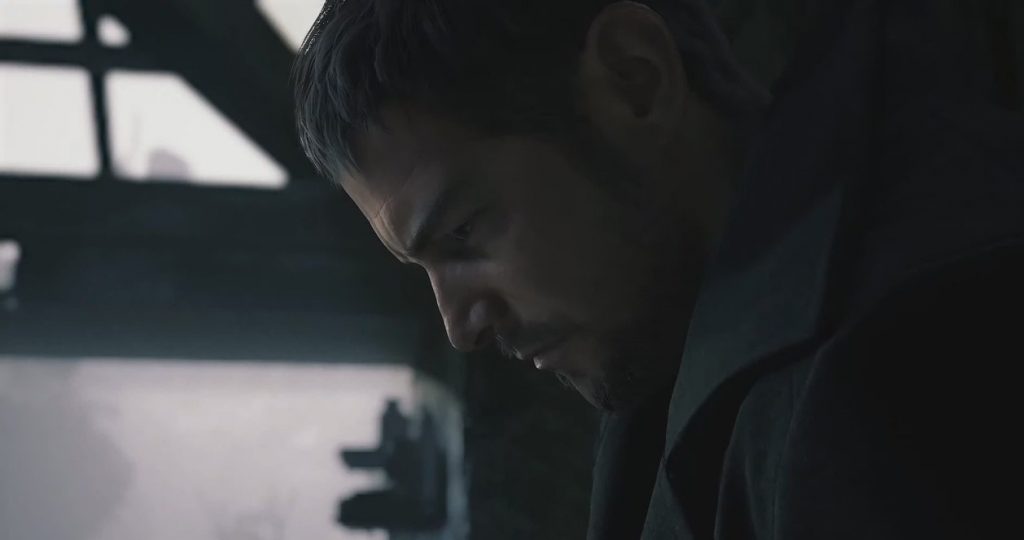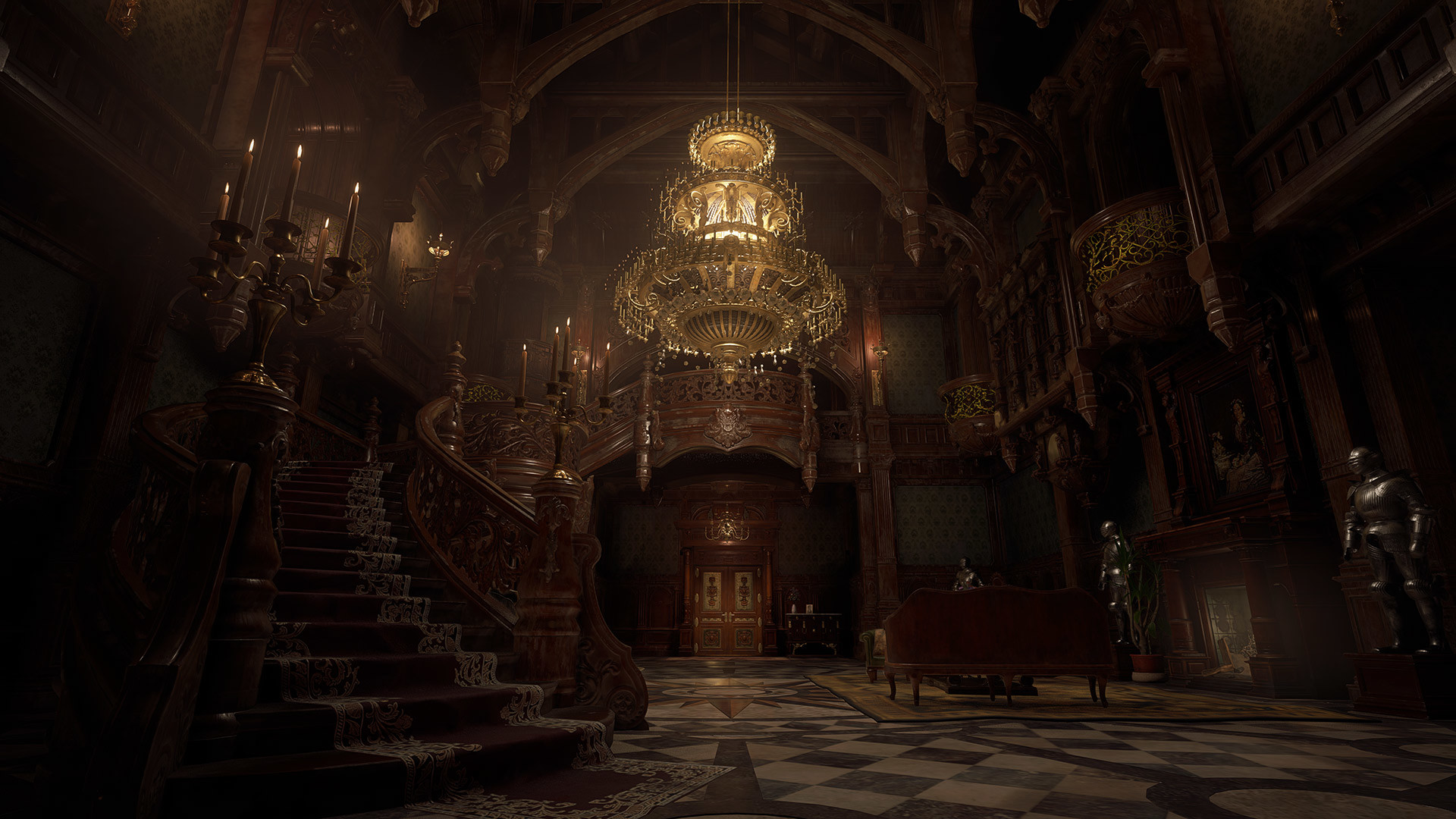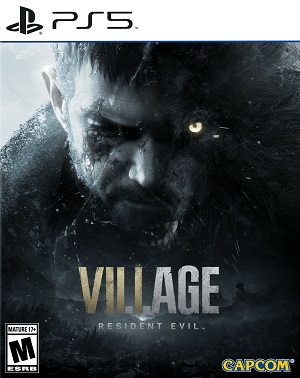
Resident Evil Village is three years old now, and looking back, it’s still a game that fills me with immense joy. Even though the franchise has certainly put out games that were better than Village, Village itself felt like a very unique kind of Resident Evil game, creating a flavour of horror adventure that no other game in the series has even tried capturing. On top of that, of course, it was also a damn fine game in its own right, ultimately making for a game that stands out in memory as one of the brightest highlights in Capcom’s storied survival horror franchise.
There was no shortage of things to love in Resident Evil Village, but perhaps its single biggest strength was just how varied it was- and that was true in more ways than one. Something that’s often been said for the game is that it feels like a theme park of different horror styles, and that really is quite an accurate way to describe it. Village captures multiple different tastes of horror and types of horror gameplay experiences, which it does by splitting itself into multiple distinct area.

From the titular village itself, which served as a compelling hub for Ethan Winters’ entire nightmarish journey, to Heisenberg’s Factory, which took the all-too-familiar “lab location at the end of the game” Resident Evil trope and injected it with an industrial vibe, from House Beneviento, which boasted a chilling psychological horror sequence unlike anything else Resident Evil has ever done, to Castle Dimitrescu, which felt like the perfect, classic Resident Evil setting, complete with a stalker enemy. Every location in Resident Evil Village felt like its own, unique experience, coming with distinct tones, aesthetics, level design approaches, enemies, and more.
Similarly, the game also did a spectacular job of capturing the many different kinds of gameplay experiences that the Resident Evil franchise has delivered over the years. As time has gone by, Resident Evil has come in many different forms- third-person and first-person, horror-focused and action-focused, exploration-driven and set piece-driven, you name it. Resident Evil Village, which Capcom releasd hand-in-hand with the series’ 25th anniversary, somehow managed to successfully and, most importantly, cohesively capture all of those different flavours in a single experience.
Castle Dimitrescu’s layered and looping design was classic Resident Evil, as was the constant threat of Lady Dimitrescu stalking the halls and trying to hunt you down. Multiple sections in the final third of the game were much more action-focused, and often felt like they were evoking the best moments of Resident Evil 5. The setting of the village itself and the inclusion of other elements like a merchant character and a briefcase inventory system, meanwhile, had more than just a few shades of Resident Evil 4. Regardless of which era of the series you liked most, Resident Evil Village had plenty of love to share with everyone.
It helped, of course, that the game’s underlying mechanics and gameplay loop were as strong as they were. Combat, for instance, was an absolute blast. There was a solid variety of weapons on offer, the progression mechanics felt genuinely rewarding and worth investing time in, and best of all, the game had a wide variety of enemy types. From lycans in the village to vampires in Castle Dimitrescue, from a literal giant baby and ghost dolls in House Beneviento to fish monsters in Moreau’s Reservoir, from terrifying twisted mechanical monstrosities in Heisenberg’s Factory to much more, Resident Evil Village went out of its way to address complaints about the lack of enemy variety in RE7. To cap it all off, it also boasted some truly spectacular boss fights, including some that may even rank as some of the best in the entire series- which is saying quite a lot, given Resident Evil’s excellent track record with boss fights.
Beyond that, exploration was just as compelling as the combat was thrilling. Exploration has, of course, often been a core component of Resident Evil games. Though there have been some notable exceptions to that rule (like RE5 and 6), more often than not, exploring environments, unlocking shortcuts, backtracking, and the like have been key hallmarks of Resident Evil games. Village had all of that in spades.
Of course, there were some areas that didn’t put as much emphasis on exploration as others did, like Moreau’s Reservoir, which was fairly short, or House Beneviento, which was quite linear. But then you had areas like the densely designed Castle Dimitrescu, or the labyrinthine Factory, both of which were not only pretty lengthy sections in the game, but were also an absolute joy to explore, thanks to their classic Resident Evil-style looping design and light Metroidvania element (which is something else that the franchise has often been known for). Best of all for exploration enjoyers was the Village itself. Each time you returned to it, new areas would become available for exploration, and each time, it was an absolute joy, whether because of tense combat encounters, or genuinely valuable rewards, or simply the joy of hunting down optional objectives.
And though this next point may largely only apply to longtime Resident Evil fans rather than the less rabid enjoyers of the series, but beyond its gameplay aspects, Village also had surprising strengths in the storytelling department. No, it wasn’t a narrative masterpiece or a piece of excellent writing. Like all Resident Evil games, it was a goofy, pulpy, b-movie horror plot, something that it embraced proudly. But for veteran fans of the series in particular, it felt like a high point for it from a story perspective.
For starters, there’s the pure and simple fact that Resident Evil very rarely does direct narrative sequels, so to having Resident Evil Village following up on RE7 in the manner that it did was a refreshing change of pace for the franchise (helped by the fact that it brought Ethan’s story to a satisfying end). Then there was the whole Chris Redfield angle- taking the form of the antihero for the overwhelming majority of the game’s story, Chris felt like an absolute wildcard, to the point where his portrayal in Village may even be among the best he’s ever had in the entire series. Beyond that, with the likes of Lady Dimitrescu, Karl Heisenberg, and of course, the Duke, the game boasted an unusually strong cast of memorable personalities.
For longtime fans of the series, Village was also a particularly rewarding experience for how its story connected back to some of Resident Evil’s older and most central lore. Obviously, I won’t be getting into any spoilers here, but suffice to say, the game very effectively established itself as a hugely significant entry in the series’ overarching story.
Now three years out from Resident Evil Village’s launch, we’re getting to the point where series fans are beginning to get antsy about when the next mainline game will release. Capcom itself has been tightlipped on that front so far, and given the point where Village itself ended, there’s really a number of vastly different directions that Resident Evil 9 could take. If, however, it were to end up taking cues from its direct predecessor in things such as its level design, gameplay variety, combat, exploration, and more, it’s safe to say that we’re going to be in for another hell of a game.
Note: The views expressed in this article are those of the author and do not necessarily represent the views of, and should not be attributed to, GamingBolt as an organization.
















